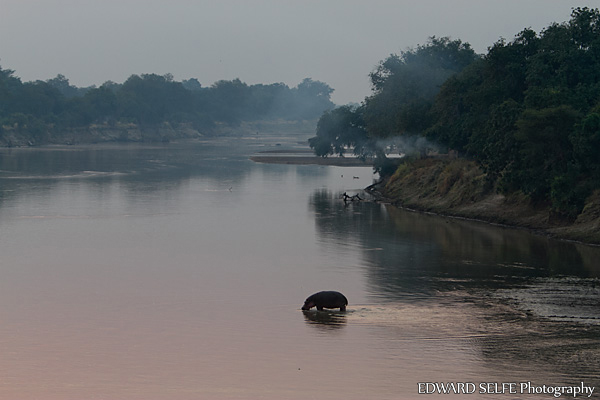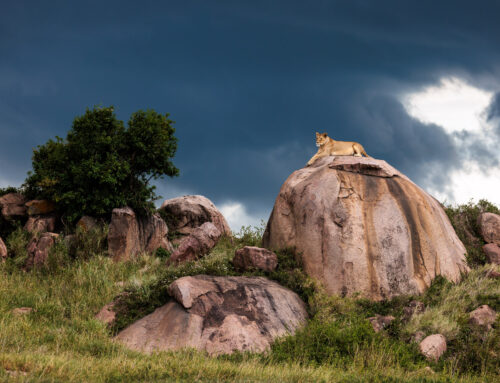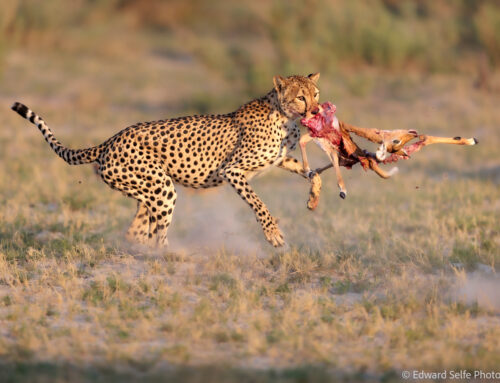We recently had a group of photographers visit camp, who spent 3 days sampling the sights of the Luangwa and seeking that ‘perfect shot’. We were very lucky with what we saw, and they have some fantastic photos to show for it. The highlight of their safari involved an encounter between 3 leopards and a troop of baboons which is covered in another blog post. I managed to grab some photos as well when I wasn’t maneuvering to get them into a good position with their cameras.
Sometimes overlooked, Waterbuck are an interesting member of the bush ecosystem, the male appearing to share the territorial duties with younger males, so long as they remain submissive to him. This is an unusual character trait that we don’t see with other antelope here. It benefits the big bull because he has scouts who help him hold his boundaries, and presumably benefits the youngsters because they are better placed to take on his territory when he gets old.
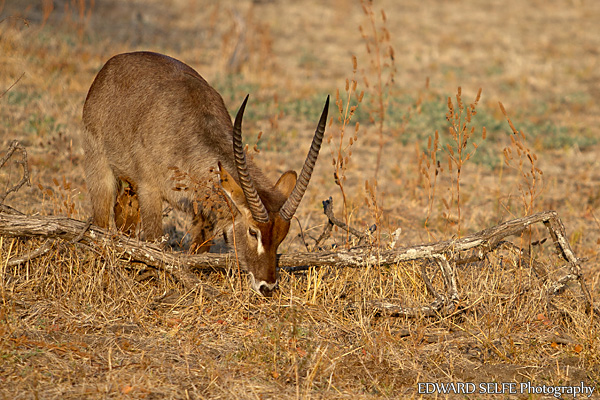
We made an afternoon visit to some local Salt Pans and watched hundreds of Crowned Cranes performing their courtship dance in the distance. Sadly, they flew away before we could even get close, but we spent the time composing landscape shots of the salt pans surrounded by the bright red floodplain acacias.
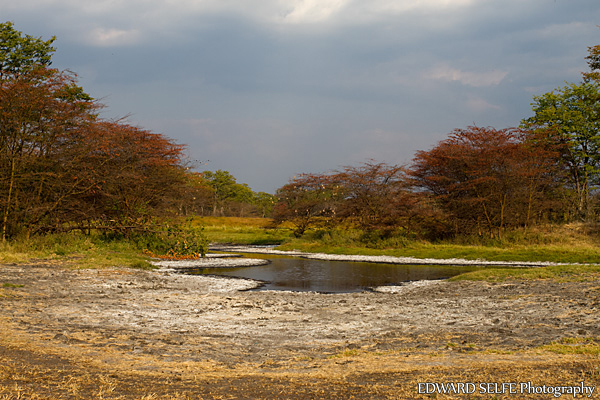
One evening, we heard baboons barking and they led us to a female leopard with her two cubs. I never managed to get a shot of all three of them together, but I took this one of the male cub. He had fed well during the day and didn’t seem too worried about us. He looks very young in this picture, but is actually about 6 months old, and about half the size of his mother.
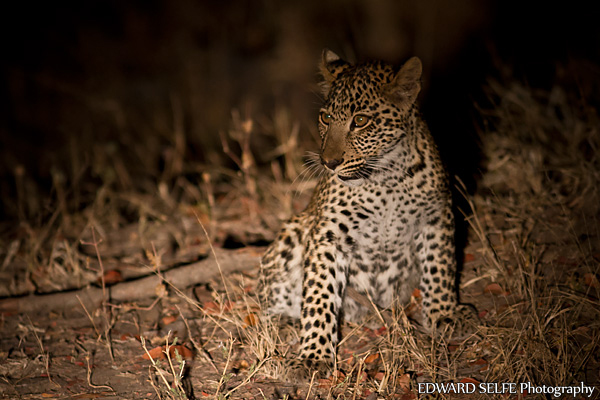
One of the group had a fondness for Eagles, and the charismatic (and noisy!) Fish Eagle in particular. We found this one feeding on a monitor lizard at the edge of a lagoon.
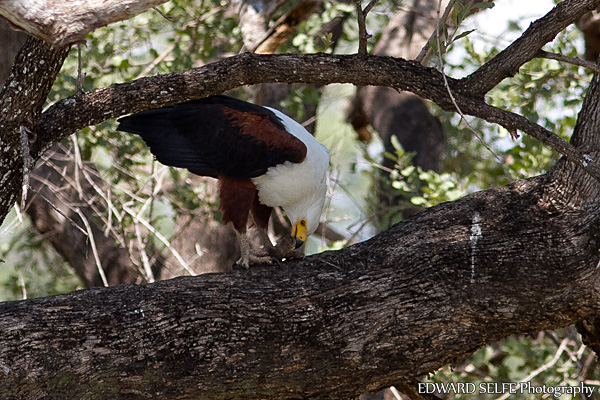
Probably the most unusual sighting of the trip was this large Serrated-hinged Terrapin. While we aren’t able to count the growth rings in this picture, a large terrapin (length of shell – 40cms) such as this would be between 20 and 30 years old; not bad considering he’s living in a lagoon full of crocodiles and patrolled by Fish Eagles!
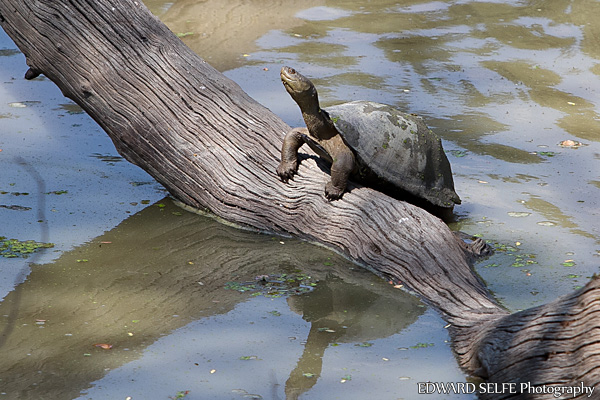
Elegant, stocky Puku male posing for the cameras.
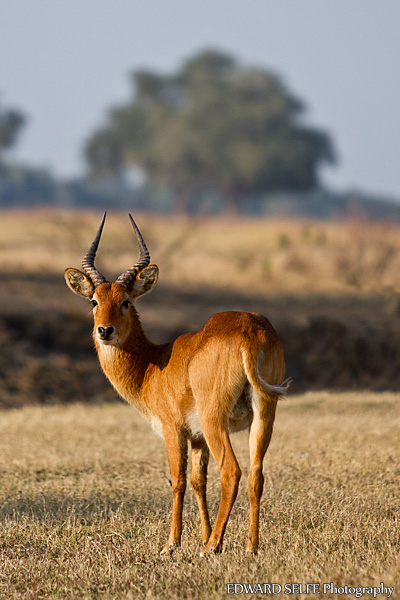
We enjoyed watching this elephant family as they hoovered up Tamarind pods discarded by the baboons in the branches above.

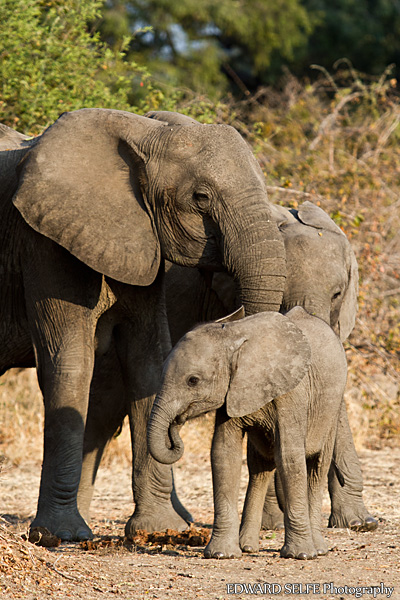
Blue eared Starlings are best photographed in the afternoon light when their stunning feather colours show up beautifully.
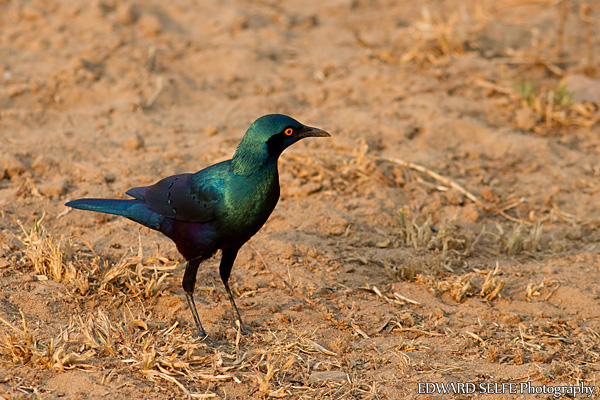
While watching a group of elephants, one female came right up to the vehicle to reach a fallen Winterthorn pod. With long lenses attached, we could only photograph abstract body parts!
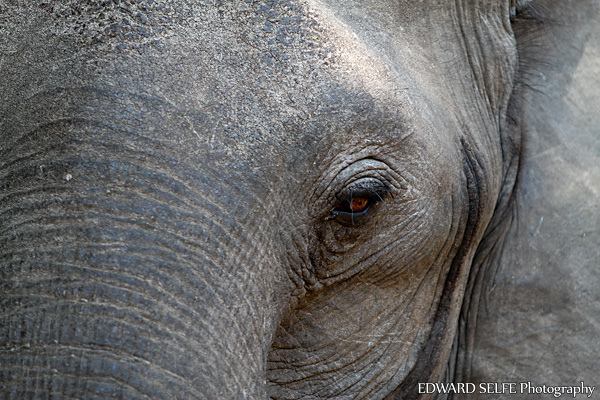
Bee-eaters are always found in large numbers in the Luangwa, with more species arriving just before and during the rains. The most visible of all are these White-fronted Bee-eaters.
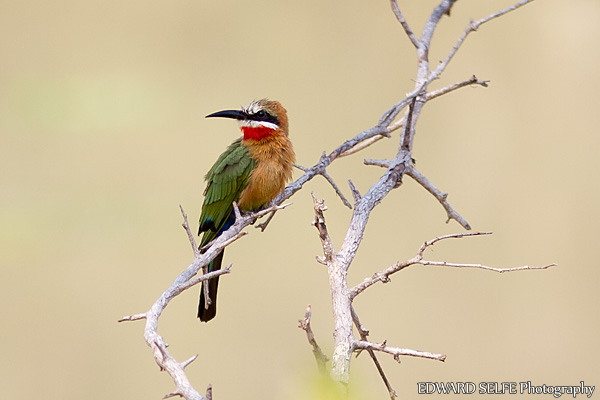
As young baboons grow up, they prefer not to hang underneath, choosing to ride shotgun, propped up on mum’s tail.
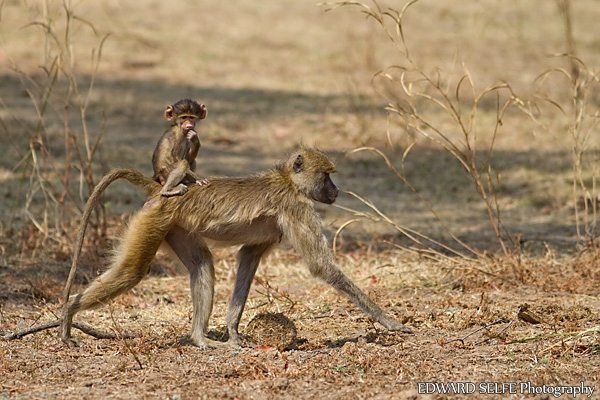
Most antelope spend a portion of the day ruminating, often during the hottest hours. We found this male in a bachelor group, soaking up the early morning rays, and digesting the night’s intake of grass.
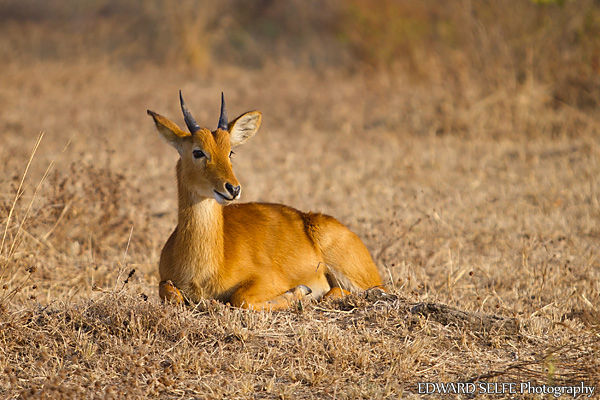
Hippos leave the river to feed at night, and also sometimes during the day in the coldest months when they need to sunbathe. We caught this male cautiously entering the water at first light. He took his time, checking the behaviour of other males in the deeper water. As the inland lagoons dry up, hippos are forced to return to the main river; a bull who has been ‘king’ in his small, drying lagoon, may not be so well received by the river’s incumbent males.
